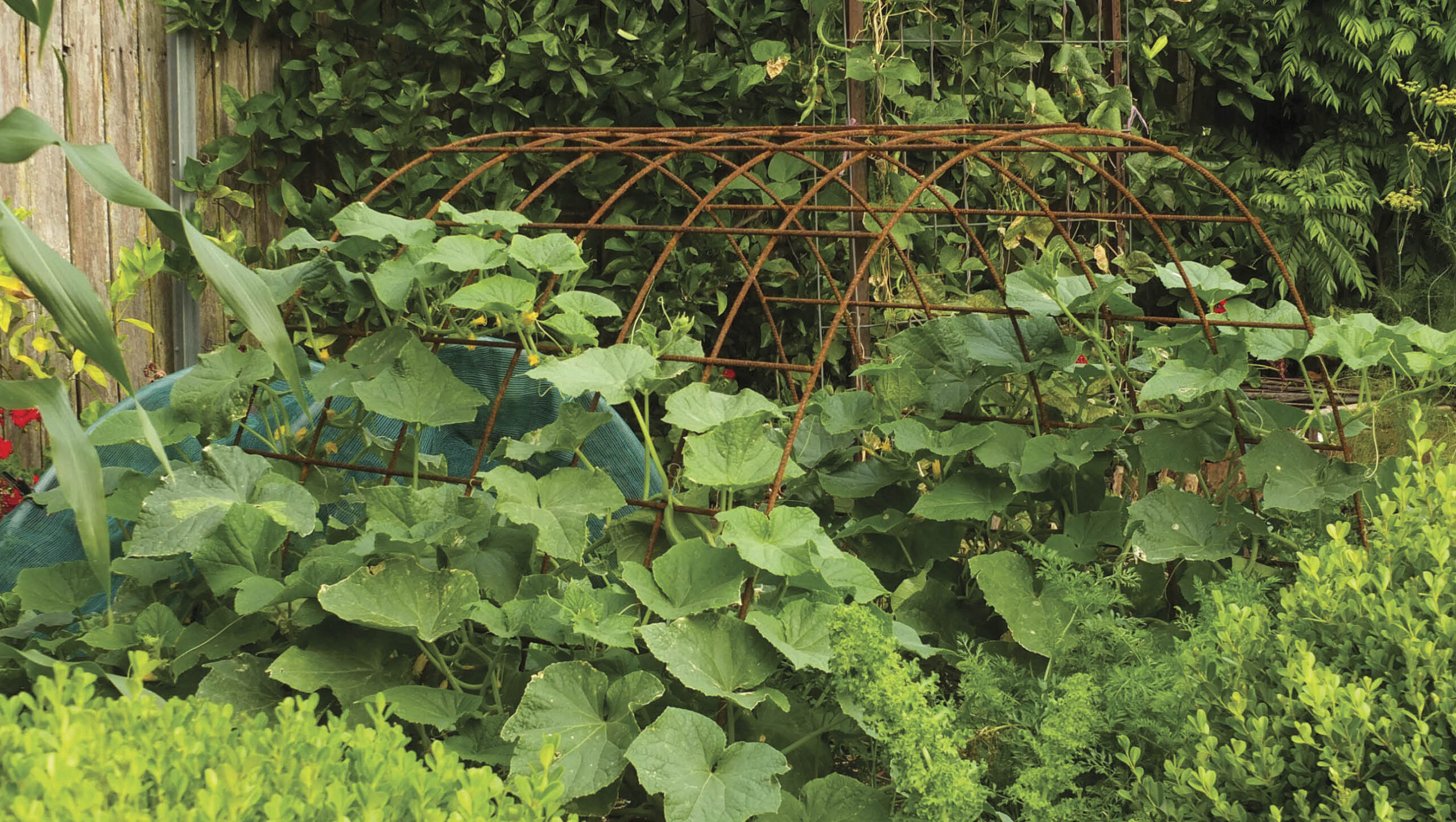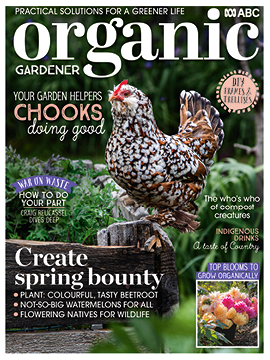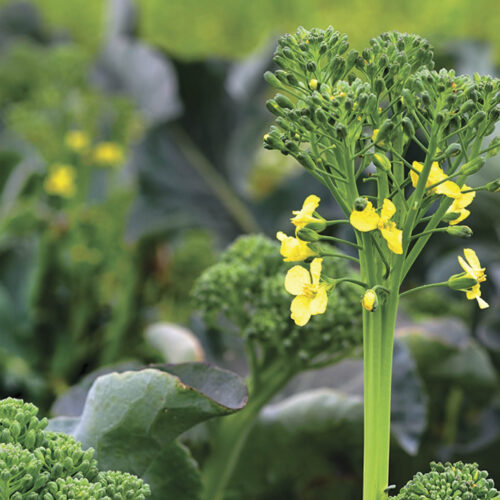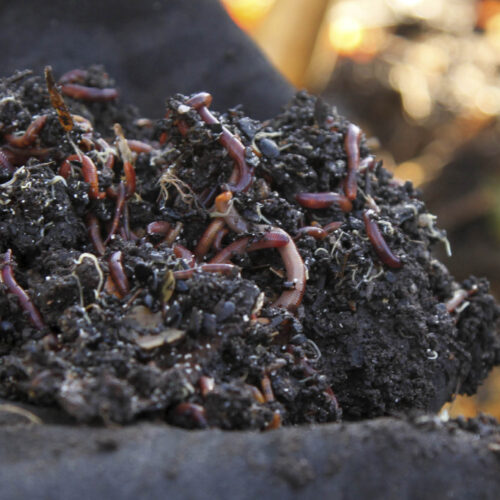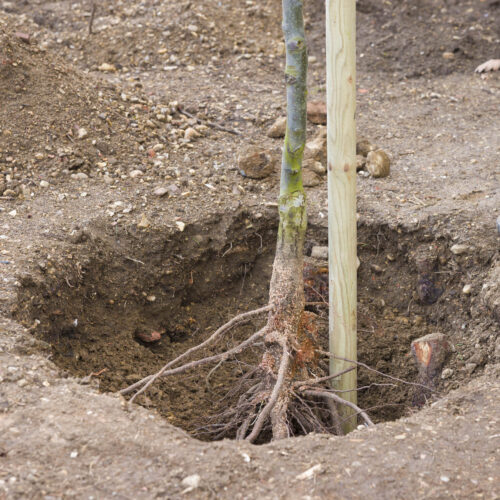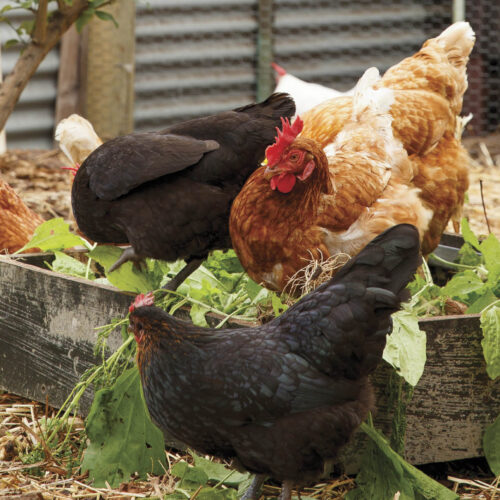Grow more with climbing frames
2024-09-09T13:44:17+10:00
Training plants up a climbing frame will help you grow more in a limited space and get higher returns at harvest time.
Perhaps the most obvious gain in using frames to support plants and crops in the garden is the extra space you create. Making use of the vertical plane means you can grow a whole lot more food in a given area – a big bonus particularly for those short on space. Rather than allow plants to sprawl aimlessly over the ground you can train them neatly up a trellis. And it’s not just peas and beans, you can manage tomatoes, cucumbers, melons and even pumpkins this way.
Getting plants up off the ground makes it simpler to manage pests and diseases, too. Snails and slugs are less of an issue, and it’s easier to spot and attend to other pest and disease problems when plants are trained vertically, closer to eye level.
Systematically guiding plants on a structure allows you to prevent tangled and crowded foliage, which ensures better air circulation and less disease. Climbing frames also make it easier to avoid wetting foliage when watering. It all leads to better organisation, healthier plants, higher quality produce and greater returns.
In addition, climbing frames look fabulous, adding another visual dimension in the garden. They can be as fancy or basic as you like. Any sort of upright structure placed in the patch, permanently or temporarily will capture one’s interest. I never get tired of watching a bare frame being transformed, as a vigorous healthy vine clambers up and swamps the structure with its bounty.
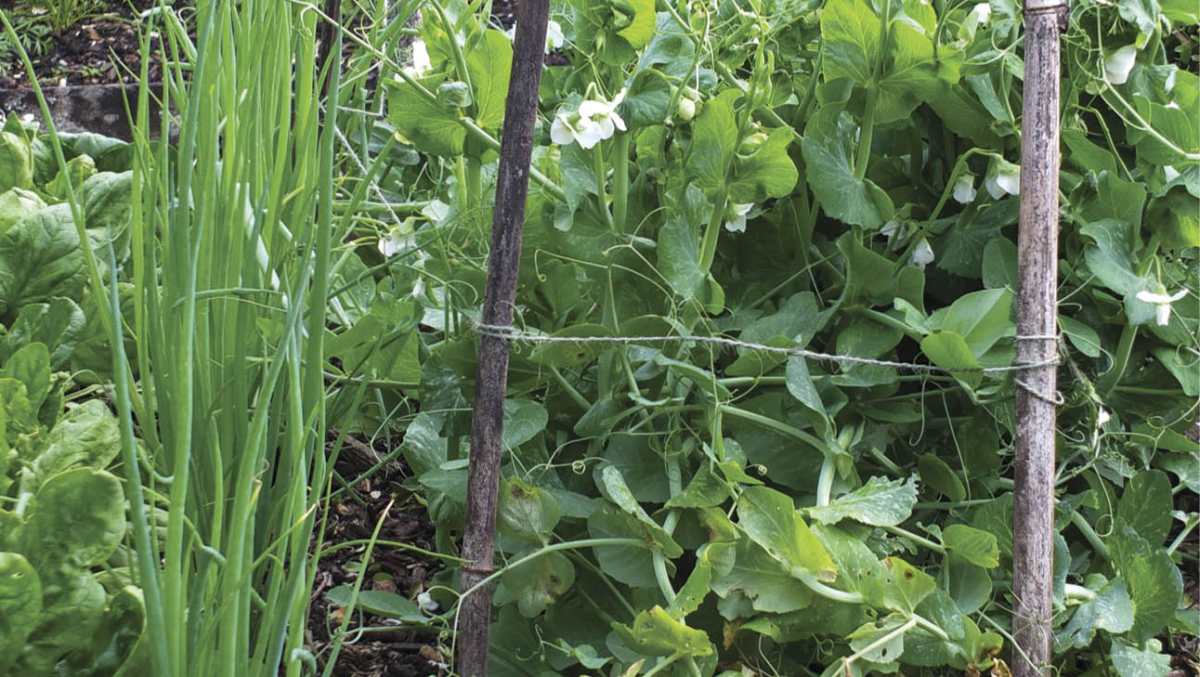
Frame training tips
- Install your frame before planting your crop, to avoid root damage.
- Tend to plants regularly to guide leading growth where you want it.
- Remove excess growth where necessary to help maintain airflow.
- Tie plants loosely to the frame with twine or soft fabric when needed.
- Support heavy fruit such as melons using fabric tied to the frame, like a hammock.
You’ll find more tips and ideas for using frames in your garden on Phil’s full article, which is in our Early Spring 2023 issue (OG 143). Get a copy of the magazine here.

